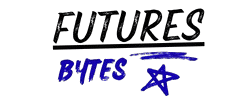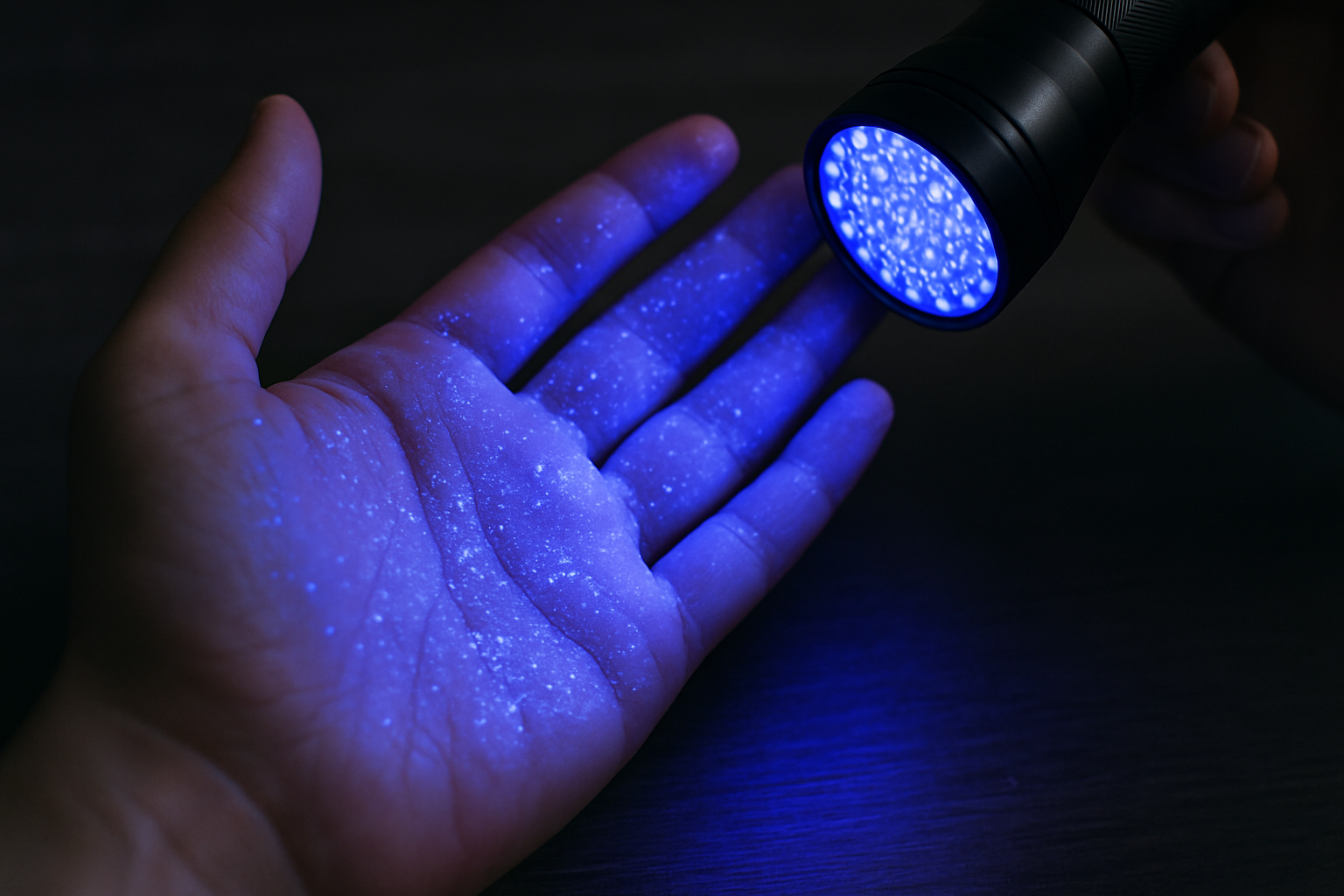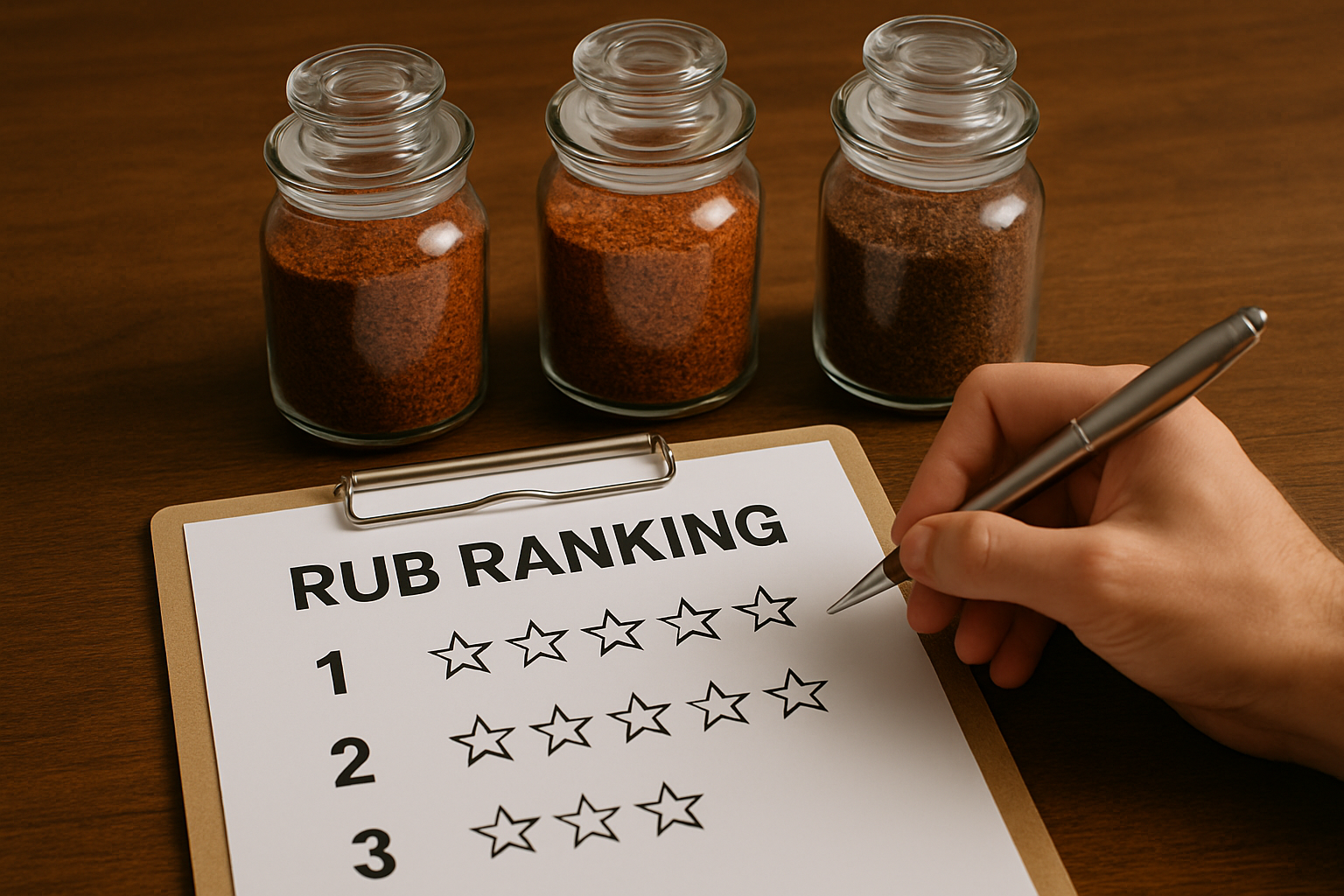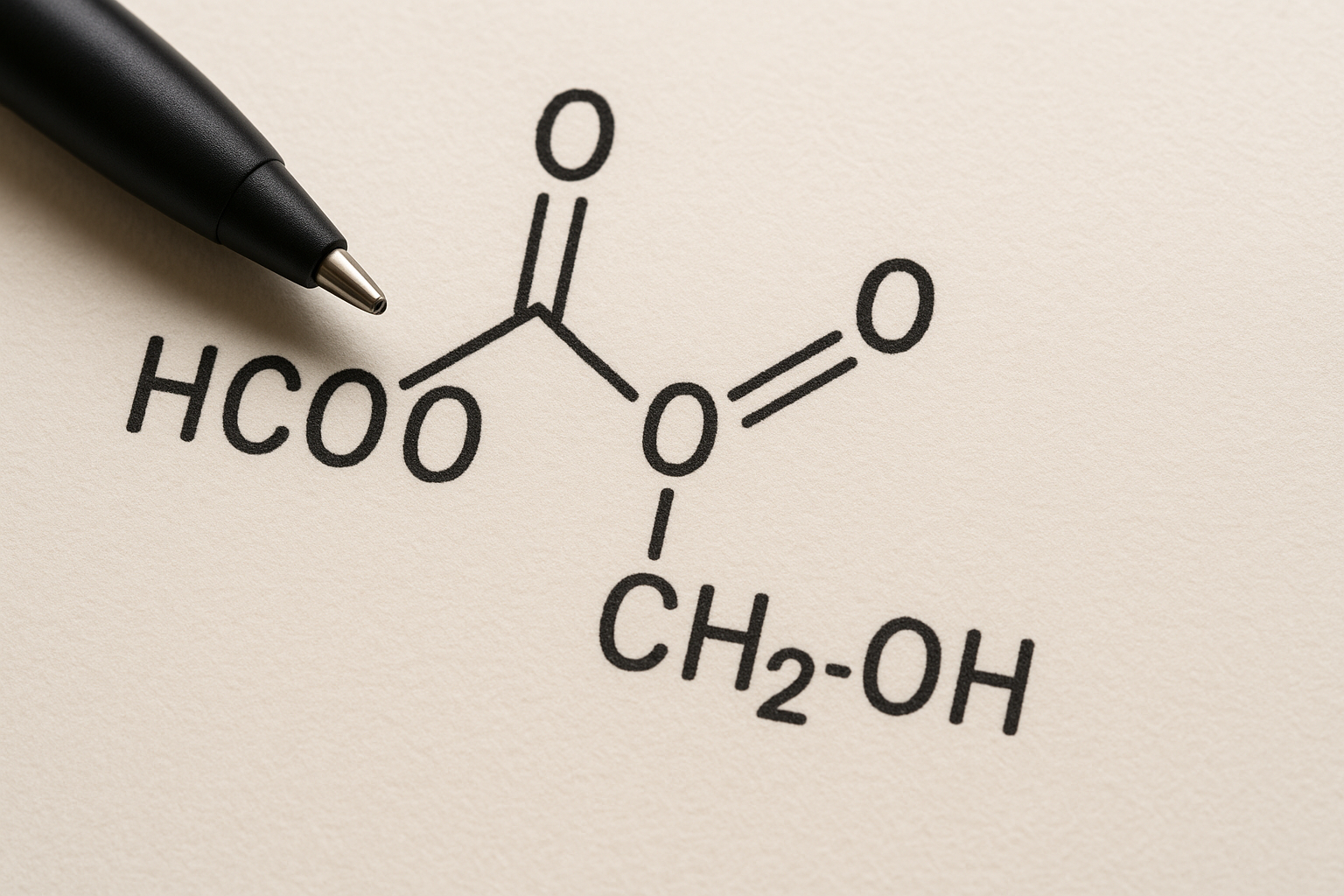What Is UVLack?
UVLack refers to a class of UV-curable coatings or lacquers that harden, or “cure,” under ultraviolet light rather than relying on slower drying processes (like air curing or heat curing). The term comes from combining “UV” (ultraviolet) with “lacquer/coatings/“lack” in some usages, meaning effectively a finish or protective layer activated by UV radiation. These coatings are formulated with photoinitiators, resins, and often minimal or no volatile organic compounds, allowing for fast curing and durable protection of surfaces. UVLack is used in furniture, packaging, automotive trims, printed materials, and many industrial and decorative finishes.
How UVLack Works
The way UVLack works is based on photopolymerization: a liquid or semi-liquid coating is applied to a surface, then exposed to UV light, which triggers chemical reactions via photoinitiators to convert the liquid into a solid polymer film. That hardened layer forms a protective barrier that resists scratches, abrasion, moisture, chemical exposure, and UV-induced fading. Because the curing is almost instantaneous under the right UV light source, the traditional delays of drying or heat curing are greatly reduced.
Key Benefits of UVLack
- Durability and Resistance – UVLack coatings create hard, scratch-resistant surfaces that handle wear and tear well. Surfaces treated with UVLack resist abrasion, stains, and environmental exposure much better than many conventional coatings.
- Fast Curing / Time-Efficiency – One of the big advantages is how quickly these coatings cure under UV light. Where traditional varnishes or lacquers might require hours to days to dry, UVLack can solidify in seconds or minutes, facilitating rapid production cycles.
- Aesthetic Versatility – UVLack comes in different finishes: high gloss, matte, satin, or even clear protective coatings, which allow manufacturers and designers to choose based on visual needs without sacrificing durability.
- Chemical & UV Protection – Coatings protect surfaces from UV radiation which causes fading, discoloration, and material breakdown, and from chemicals, moisture, and physical damage.
- Environmental Advantages – Many UVLack formulations use fewer or no solvents, result in fewer volatile organic compounds, and less energy input due to faster curing, making them more environmentally friendly.
Applications of UVLack
- Furniture and Wood Finishes: UVLack is often used in furniture production to protect wood surfaces, preserve color and texture, and extend life of cabinets, floors, or decorative woodwork.
- Automotive & Transportation: Trims, dashboard components, painted surfaces, and interior panels benefit from UVLack’s durability and gloss retention despite exposure to sunlight or chemicals.
- Packaging & Printing: Printing industry uses UVLack to deliver high quality, protective gloss or satin finishes on printed materials and packaging, protecting from smudges, wear, moisture, and fading.
- Electronics & Consumer Goods: Plastic casings, control panels, gadgets, and decorative surfaces use UVLack to maintain aesthetic appeal, resist fingerprints, scratches, and general handling.
Limitations and Challenges
Though UVLack has many strengths, there are trade-offs and limitations. Initial investment in UV light curing equipment can be high, especially for small businesses. Certain formulations still carry risk of skin or respiratory irritation if not handled properly. UVLack coatings may require specialized safety measures during curing. Also, there is sometimes a knowledge gap among end users: proper surface preparation is crucial, as coatings adhere poorly to dirty or uneven surfaces. Durability depends heavily on correct application and curing technique.
Innovation Trends and Future Potential
The future of UVLack looks promising with several trends emerging. Nanotechnology enhancements are being explored to improve scratch resistance, self-healing coatings, or coatings that better regulate temperature (reflecting more UV heat). There are innovations toward eco-friendly formulas, reducing or replacing non-biodegradable components, lower VOCs, safer photoinitiators. Smart coatings that can change properties in response to UV exposure (e.g., changing color or stiffness) are also under development. Integration with IoT (sensors that indicate when UV protection is wearing off) or dynamic surfaces may be next. As consumers and industries demand both durability and sustainability, UVLack is well placed to grow.
How UVLack Compares with Traditional Coatings
Traditional coatings often require longer drying time (air or heat), may use more solvents, may release more VOCs, may not resist scratching or fading as well. UVLack offers faster turnaround, often higher hardness, and potentially greater environmental safety depending on formulation. However, traditional coatings still have roles where UV curing isn’t feasible or where cost constraints are severe. The choice between UVLack and non-UV coatings often depends on budget, required durability, production scale, and safety regulations.
Economic and Market Impacts
UVLack technology’s adoption has economic impact by reducing downtime, accelerating production lines, decreasing waste and rework, and lowering maintenance or replacement costs for coated items. Businesses adopting UVLack can see better product longevity which can improve customer satisfaction and reduce returns or warranty claims. On a broader scale, increased use of UVLack supports industries moving toward greener manufacturing and sustainable practices. These factors make UVLack not just a technical solution but a strategic investment.
Environmental and Sustainability Dimensions
UVLack’s reduced reliance on solvent evaporation and heat drying means less energy consumption and lower emissions. It also reduces waste since coatings are hard and long-lasting; fewer recoats or replacements are needed. Some UVLack products are being designed with biodegradable or safer chemical components, and formulations are being optimized for safer production and disposal. As regulations tighten around environmental impact of coatings, UVLack’s advantages may become regulatory necessities.
Who Benefits Most from UVLack?
Users who gain the most are industries that need high durability, high aesthetic finish, or protective surface treatments: furniture makers, automotive manufacturers, printing/packaging companies, electronics manufacturers. Also, architects or designers working in sun-intensive environments, or products exposed to harsh weather or frequent handling, will benefit. Even consumers who purchase premium goods (furniture, outdoor fixtures, decorative items) can get value.
What to Look For When Choosing UVLack Products
When selecting UVLack coatings, you should consider the following: type of finish desired (gloss/matte), compatibility with the substrate (wood, plastic, metal, etc.), curing equipment availability, durability specifications (scratch, UV fade, chemical resistance), safety certifications, environmental impact (VOC content, eco-friendly photoinitiators), and cost of application versus long-term benefit. Proper surface prep, accurate curing time, and quality of UV light source are also essential for optimal performance.
Conclusion
UVLack represents an innovative and increasingly important class of coatings that provide serious protection against UV damage, enhanced durability, and aesthetic improvements. The combination of fast curing, resistance to environmental stress, and potential for sustainable, eco-friendly formulations make UVLack a strong solution for many industries. As technology evolves—especially around nano-materials, smart coatings, and green chemistries—UVLack is likely to become even more versatile and widespread. When chosen and applied correctly, UVLack isn’t just a coating—it’s a long-term investment in quality, look, performance, and sustainability.




